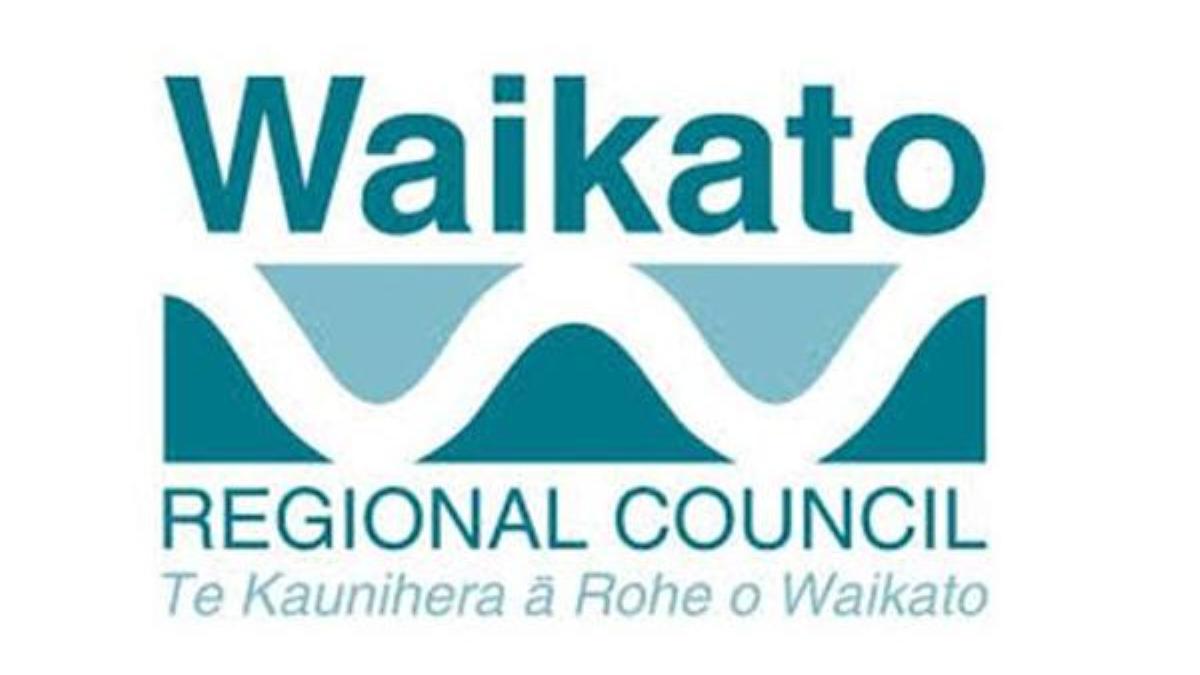Waikato Regional Council news
Waikato Regional Council’s new Climate Action Committee lived up to its name at its inaugural meeting on Thursday (20 February).
The committee passed recommendations for the full council to endorse an updated greenhouse gas emissions reduction plan for the council’s corporate activities, include a specific process for incorporating climate change considerations into the council’s work programmes and decision making, and initiate a proposal to help accelerate the uptake of low emission vehicles in the Waikato region.
After outlining the vision and expectations for the committee, Chair Jennifer Nickel said “before we go asking others to make changes in this space it would be prudent to ask ourselves if we are ready to lead by example”.
Cr Nickel said councillors would be offered the chance to measure their own carbon footprint and consider how easy or difficult it would be to make changes.
“This will show leadership from the front, help us make better decisions, and help us hold our own when having a conversation about carbon with our constituents.”
Councillors spoke personally about their support for what the committee wanted to action and their pride in the regional council for taking a lead role in setting up a committee to address climate change.
The soon-to-be-completed Waikato Region Greenhouse Gas Emissions Inventory will provide an understanding of the scale of, and sectors responsible for, greenhouse emissions in the region and opportunities for making reductions.
In December 2017, the council became the first regional council in New Zealand to join the Certified Emission Measurement and Reduction Scheme (CEMARS) programme, now called Toitu CarbonReduce, as part of its commitment to measure and reduce its own carbon emissions.
Its target then was to reduce emissions by 45 per cent by 2030, however, in order to limit global warming to 1.5 degrees Celsius in line with the Paris Climate Agreement target, the council’s corporate plan would have to achieve at least a 56 per cent reduction by 2030.
The committee heard how diesel, electricity and air travel were the council’s highest carbon emissions. Taking a leadership response to minimising its carbon emissions would see ongoing efforts to use less electricity, a sinking carbon budget imposed on domestic air travel by staff, all petrol passenger vehicles in the fleet transitioned to electricity, and exploration of alternatives to diesel to run flood pumps.
Council Chief Executive Office Manager Karen Bennett told the committee a lot of good work had been done to reduce emissions internally “but climate science and our communities tell us we have to do more to get there faster and earlier”.
The council’s emissions last year were 1,170.46 tCO2e, a reduction of 18 per cent for 2018 (1,419.45 tCO2e) and 30 per cent lower than the 2017 base year total (1,672.95 tCO2e). Recent analysis has shown that a 70 per cent emissions reduction by 2030 (relative to a 2017 baseline) is achievable, so the committee recommended this be put forward to the full council to consider.
“Whatever we come up with we must make it easy for people to meet their needs, even if we can’t always help with meeting their wants,” said Cr Nickel.

